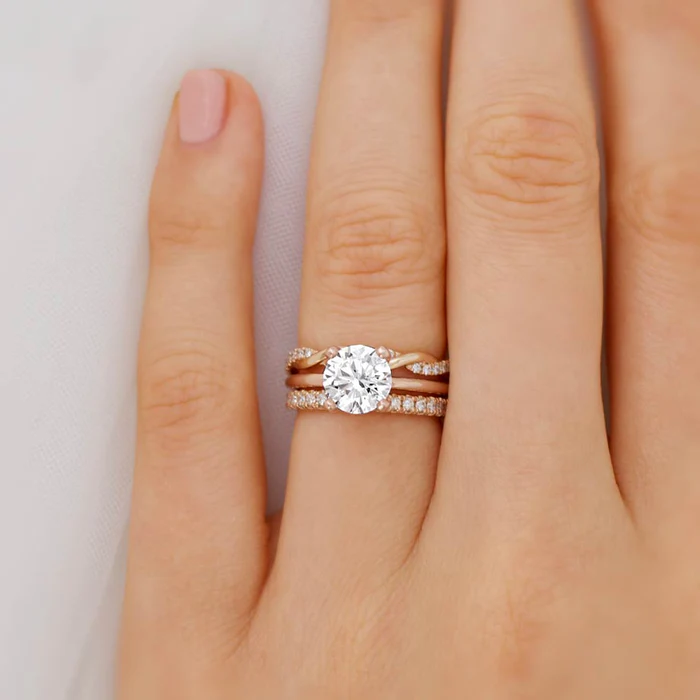
Alexandrite Jewelry in Art History: A Visual Journey takes us through the fascinating evolution of this rare gemstone, known for its captivating color-changing properties. From its discovery in the early 19th century to its status as a luxurious stone in contemporary designs, alexandrite has enchanted jewelers and collectors alike. In recent years, alexandrite has even made its way into popular designs for engagement rings UK, combining its beauty with the promise of a lasting commitment. This article explores how alexandrite jewelry has been used throughout art history, highlighting its significance and allure across different artistic periods.
Alexandrite was first discovered in the Ural Mountains of Russia in 1830. It was named after Tsar Alexander II, as the gem was thought to embody the colors of the Russian imperial flag—green by day and red by night. This remarkable color change, a result of the stone’s unique chemical composition, quickly captured the attention of jewelers and the aristocracy. Its rarity and striking hues made it a symbol of luxury and opulence, and soon alexandrite began to appear in royal and aristocratic collections.
During the Victorian era, alexandrite was celebrated for its chameleon-like ability to shift between hues depending on the light. …
